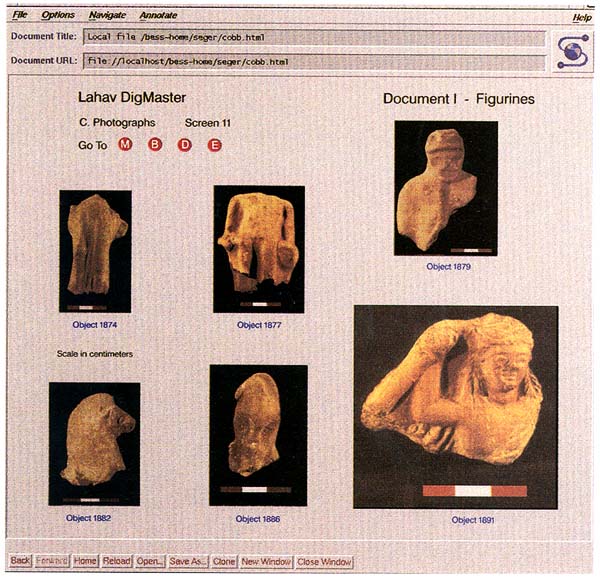Image Details

Cast a wide internet. Persian-period (550–330 B.C.E.) figurines can now be viewed on the World Wide Web, the graphics portion of the Internet computer network. These pieces appear in the Lahav DigMaster, a program initiated by Joe Seger and Paul Jacobs of Mississippi State University and named after the Israeli site where Seger excavates. Also on “the Web,” the University of Chicago’s Oriental Institute last fall unveiled Abzu, an electronic index to resources in Near Eastern studies. Named for the primordial swamp from which the Sumerian god of knowledge emerged, Abzu allows users to view photos and graphics and to find an item in a bibliography and call it up immediately on screen.
Archaeologists working in the Near East have been in the forefront of using the latest computer technologies to advance their research, from locating sites to excavate, to recording data, to sharing the results of their work. The days of exploring on camel are now only a romantic memory.
